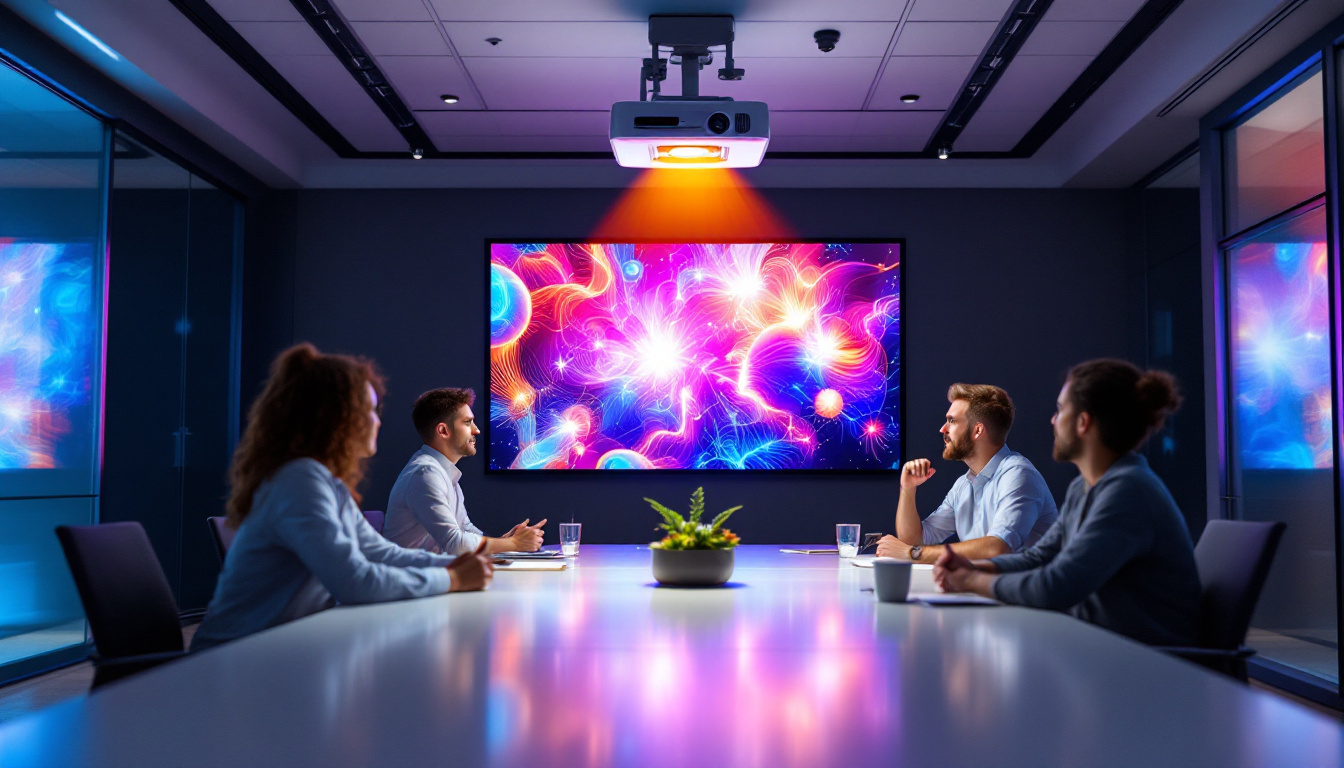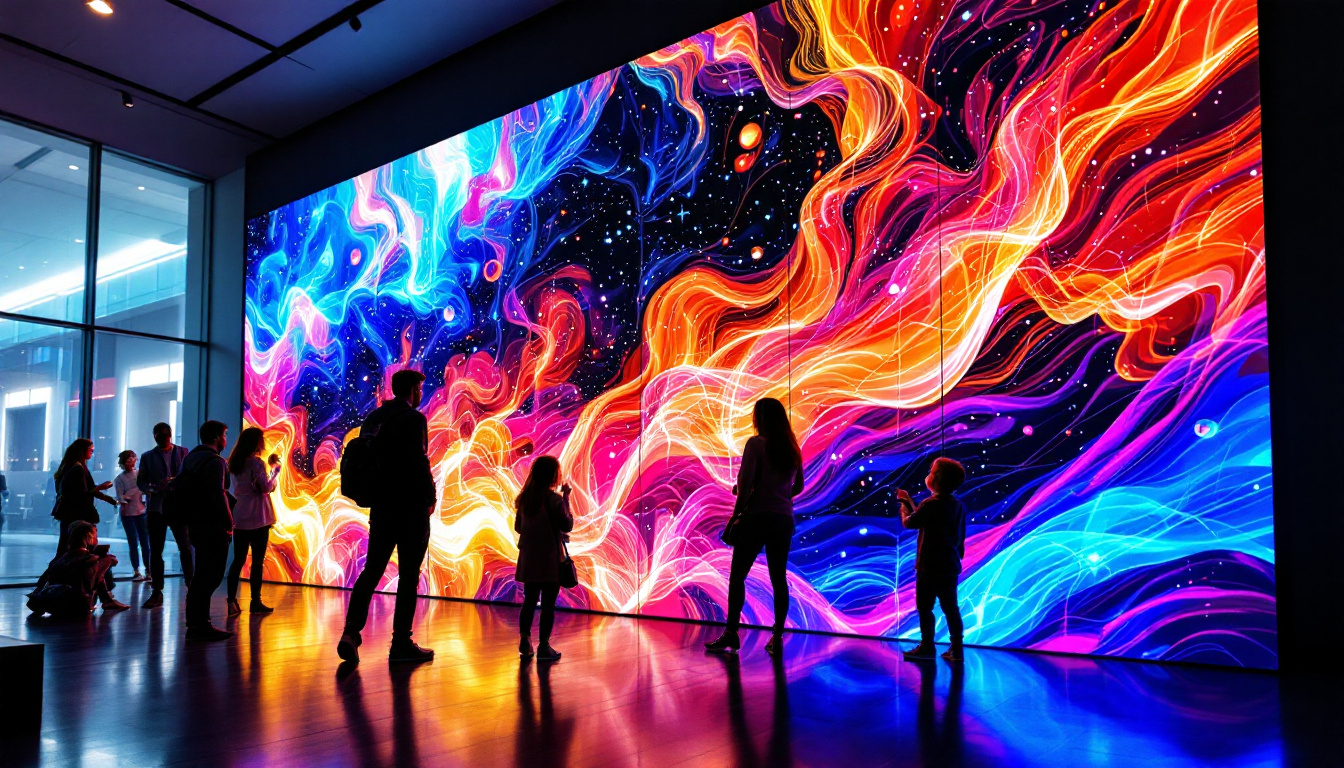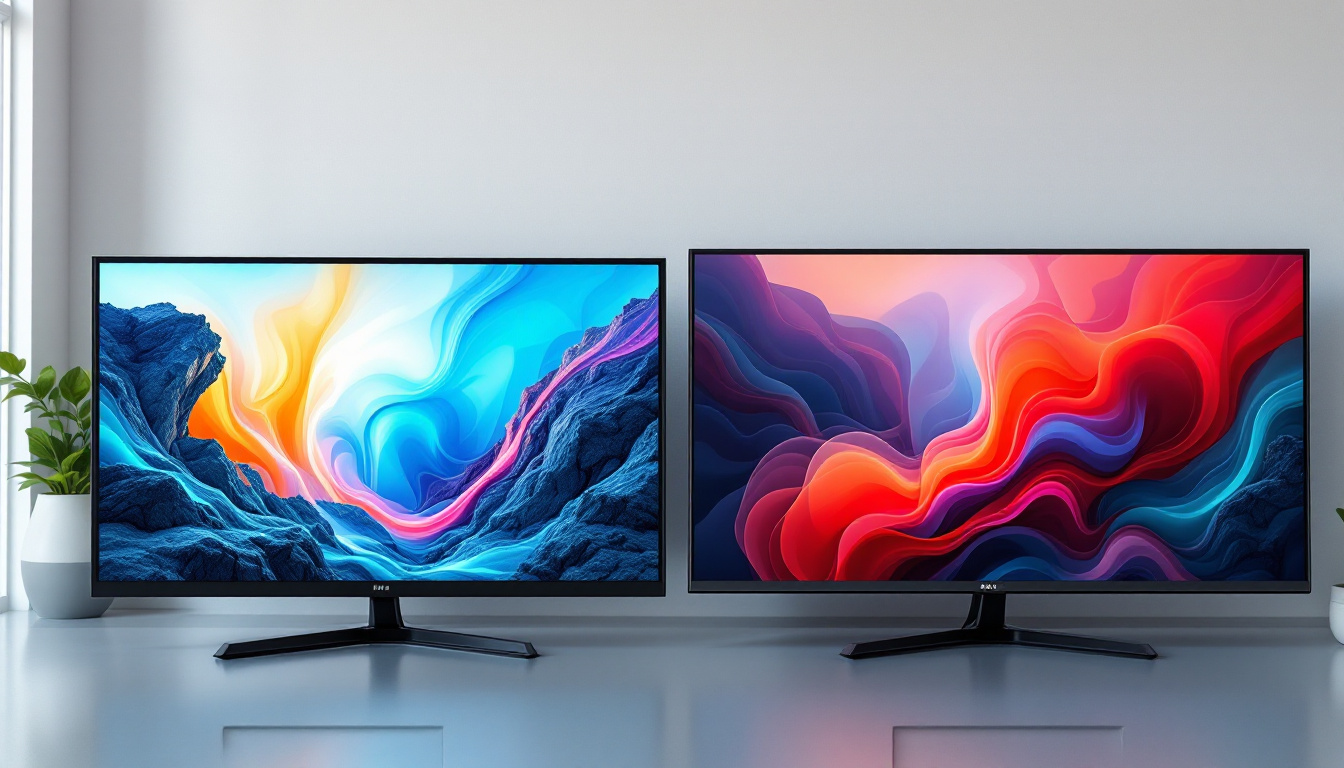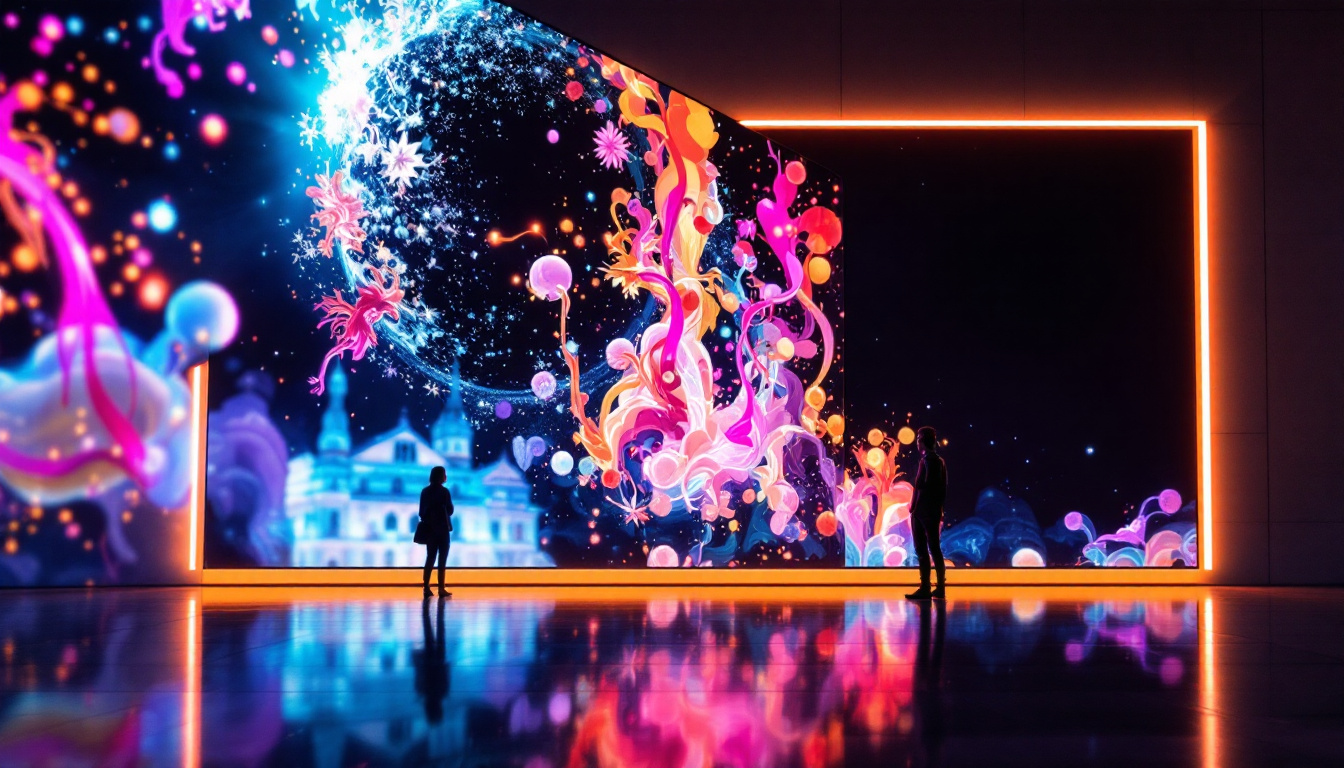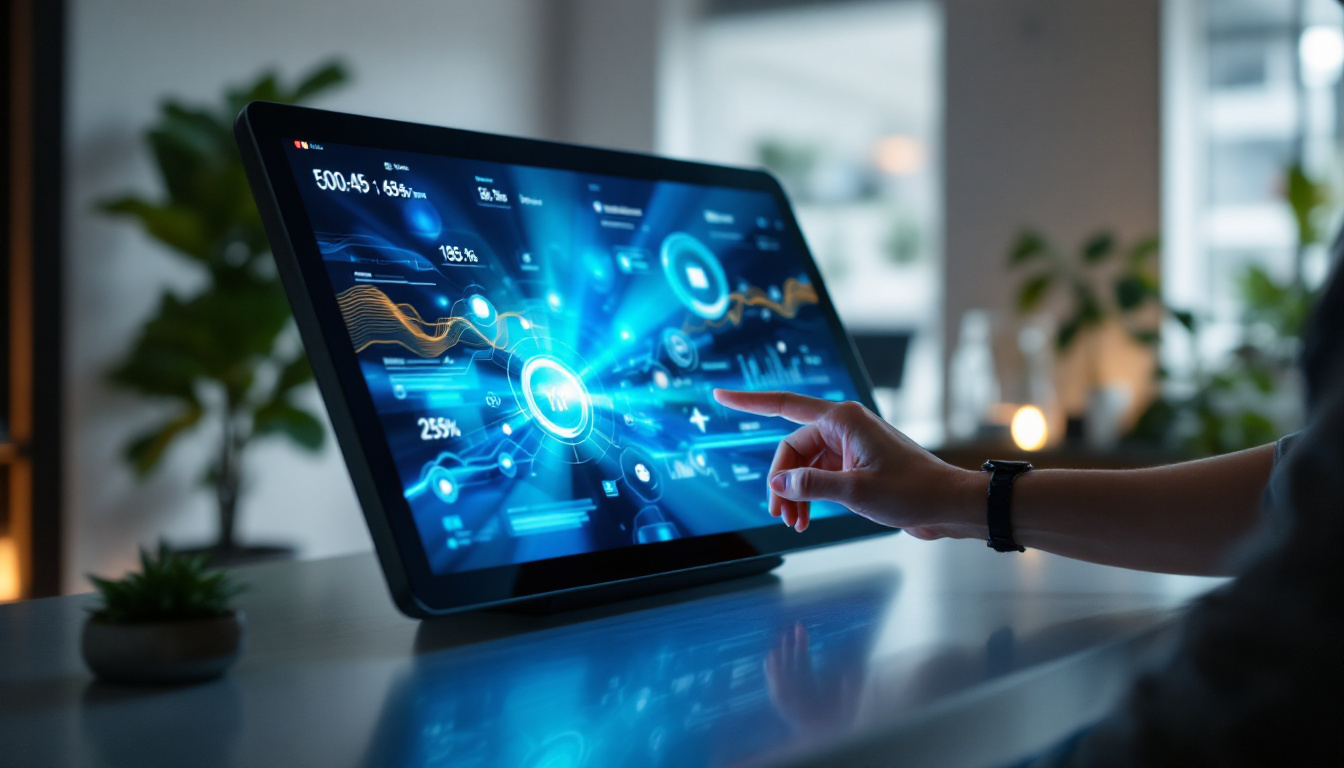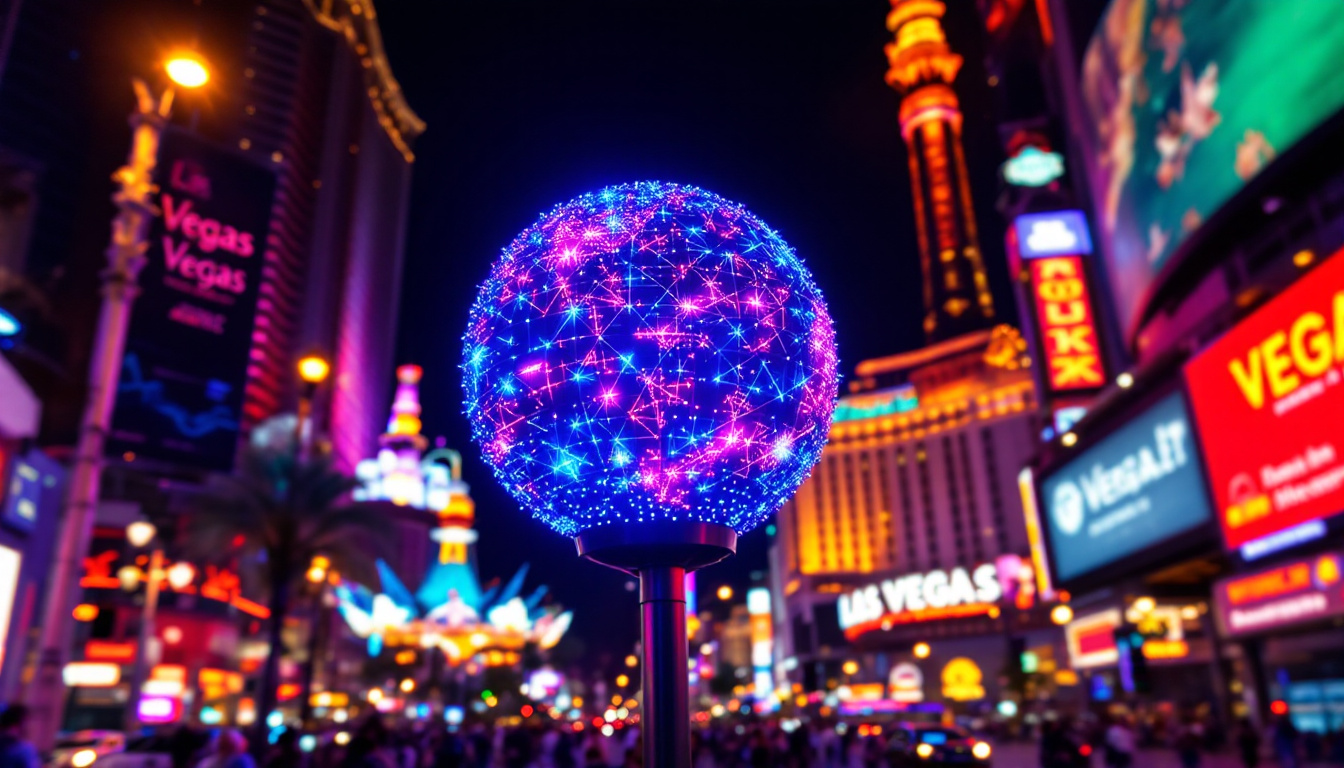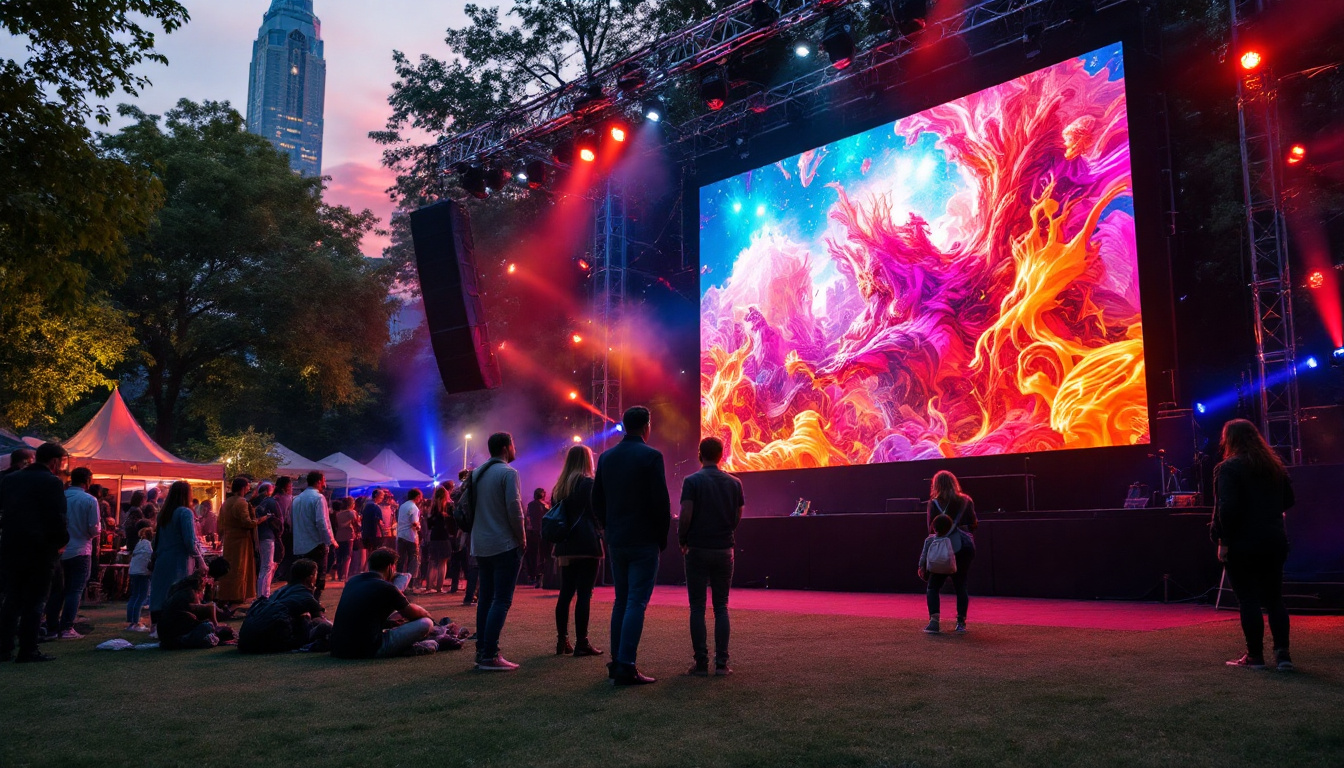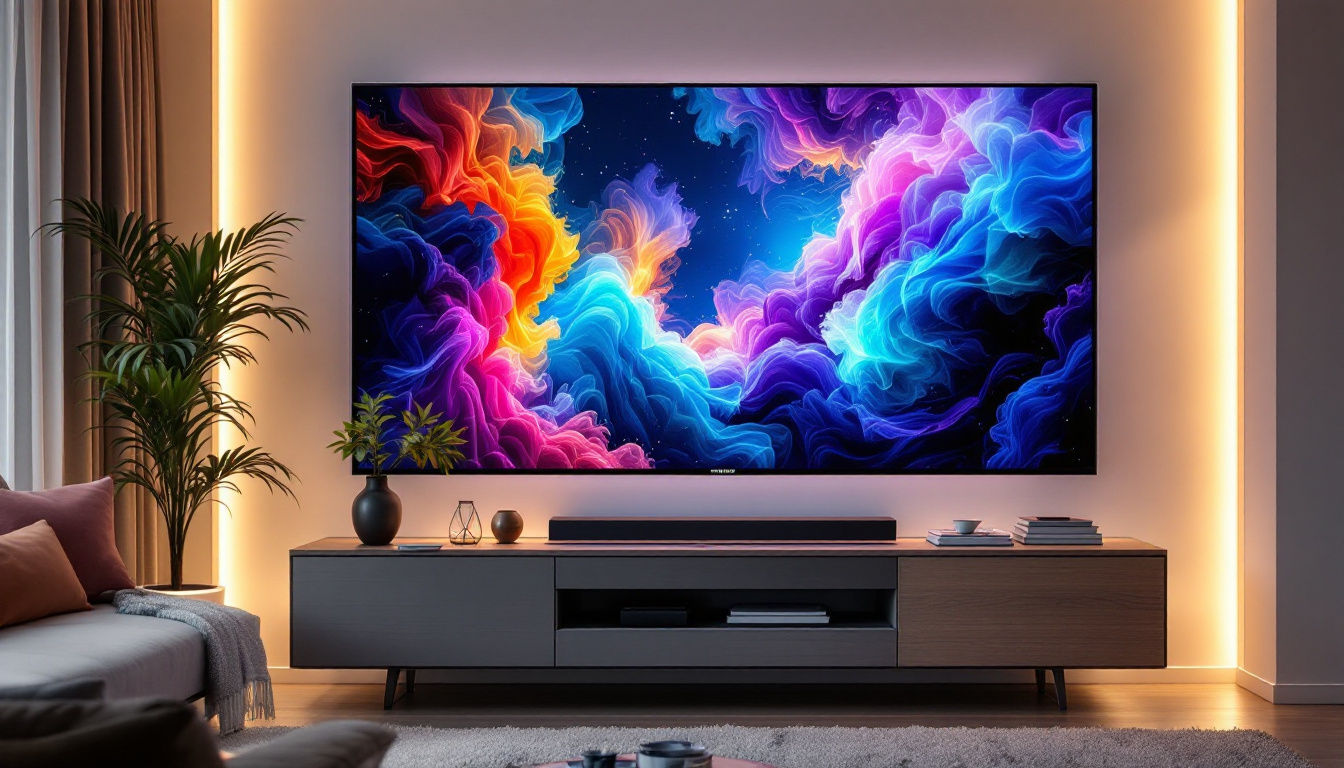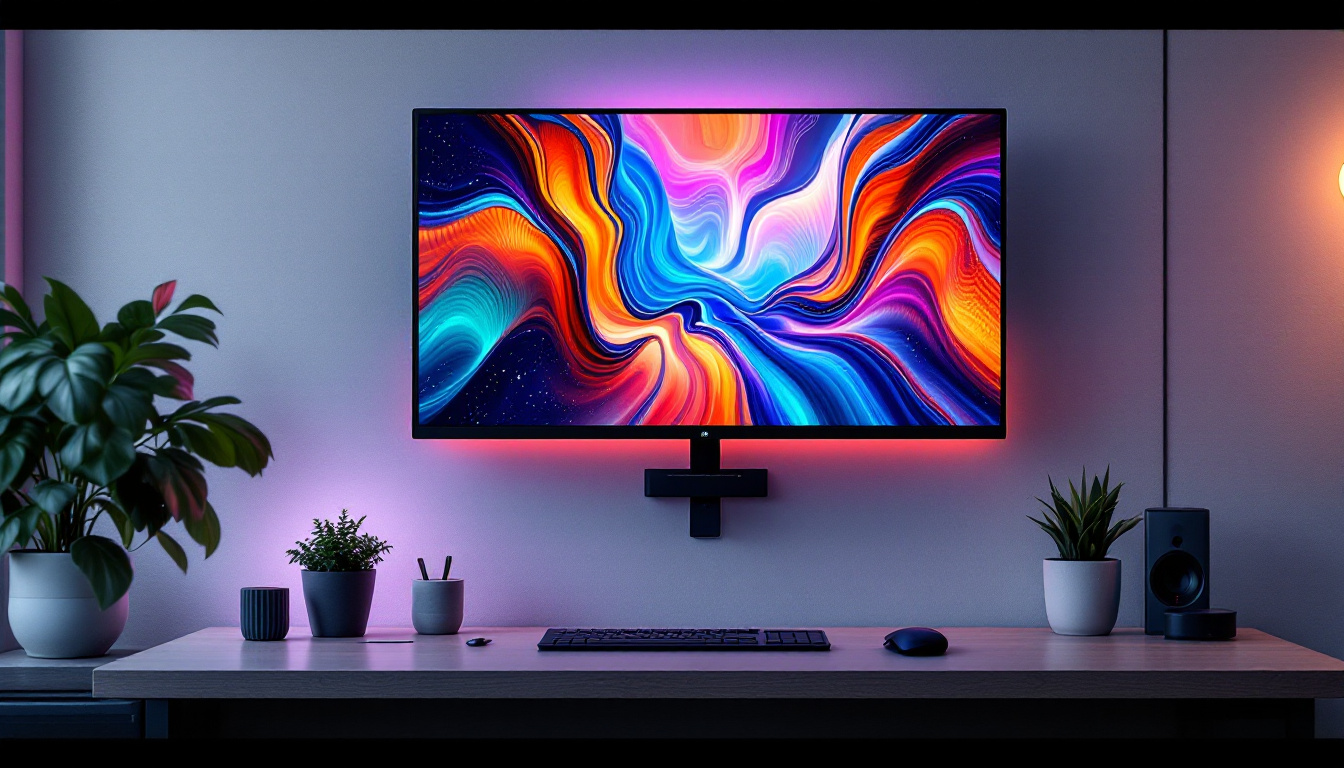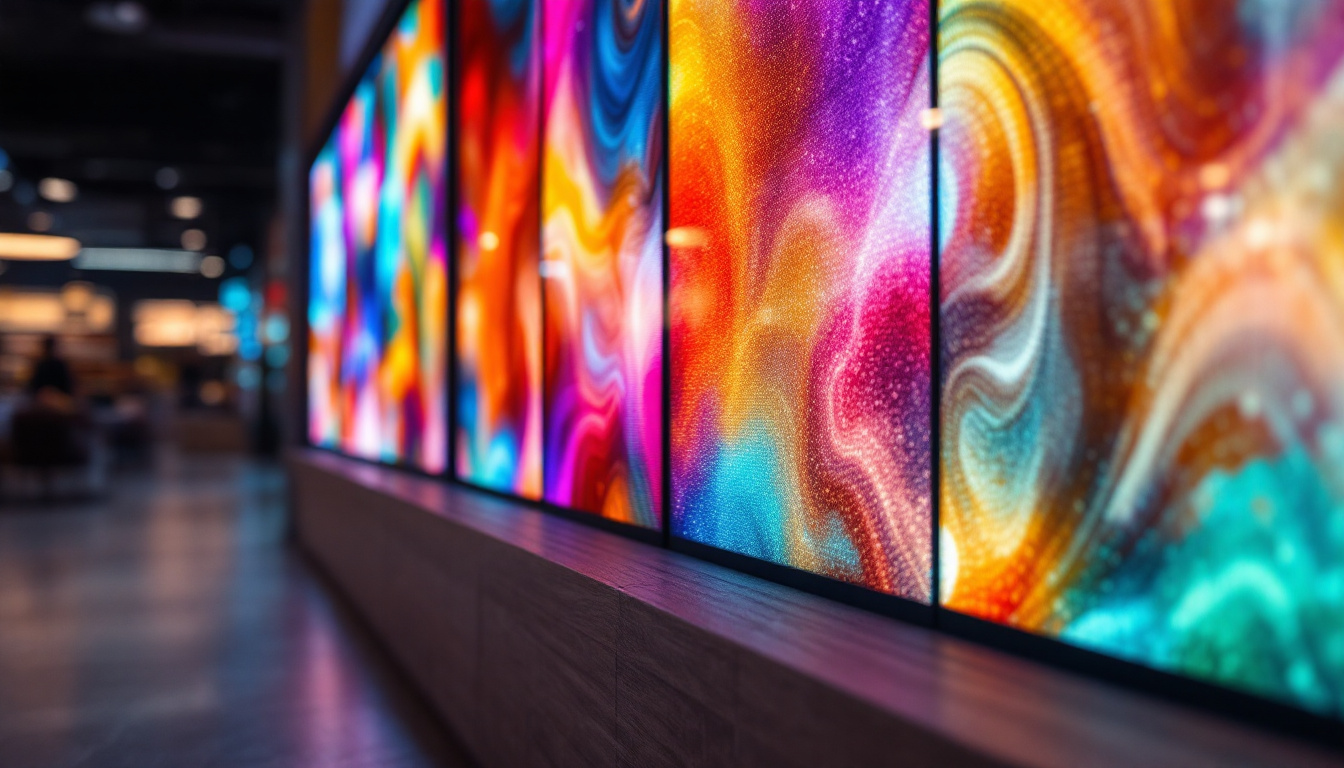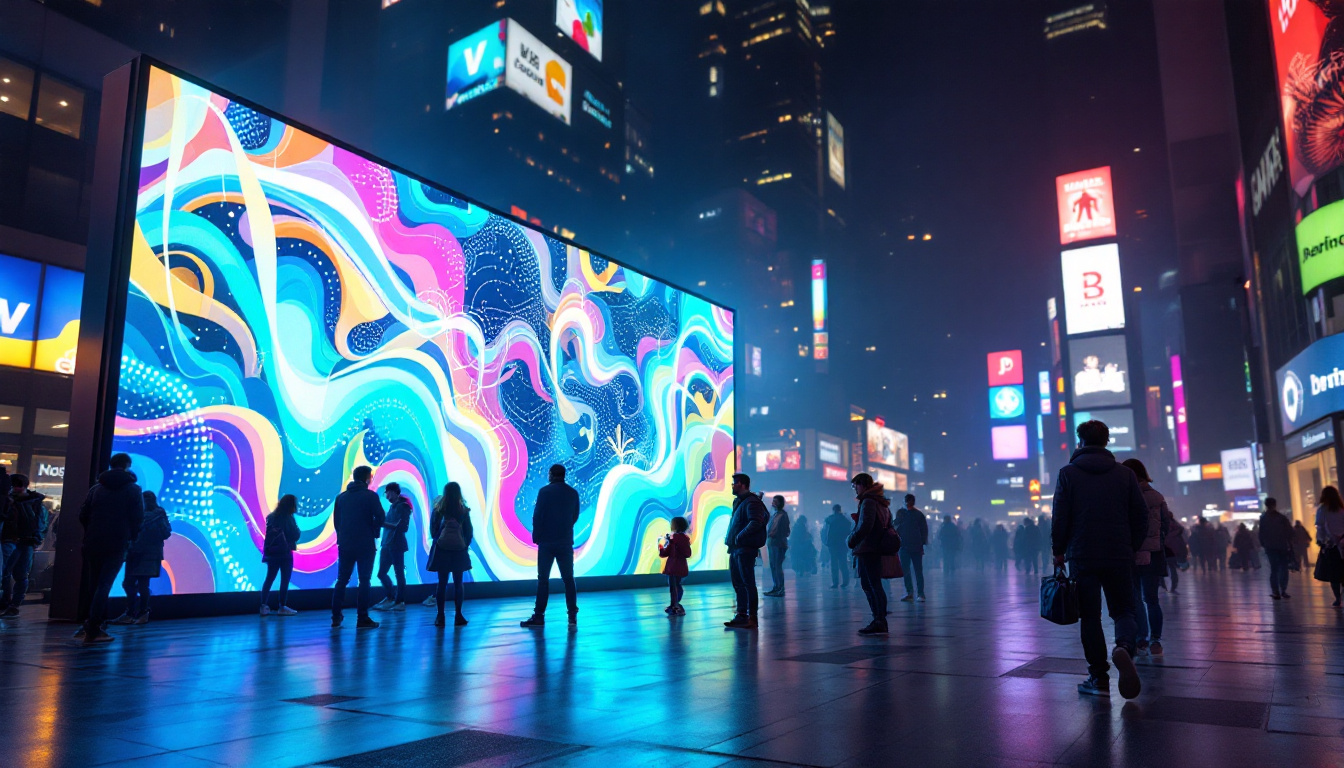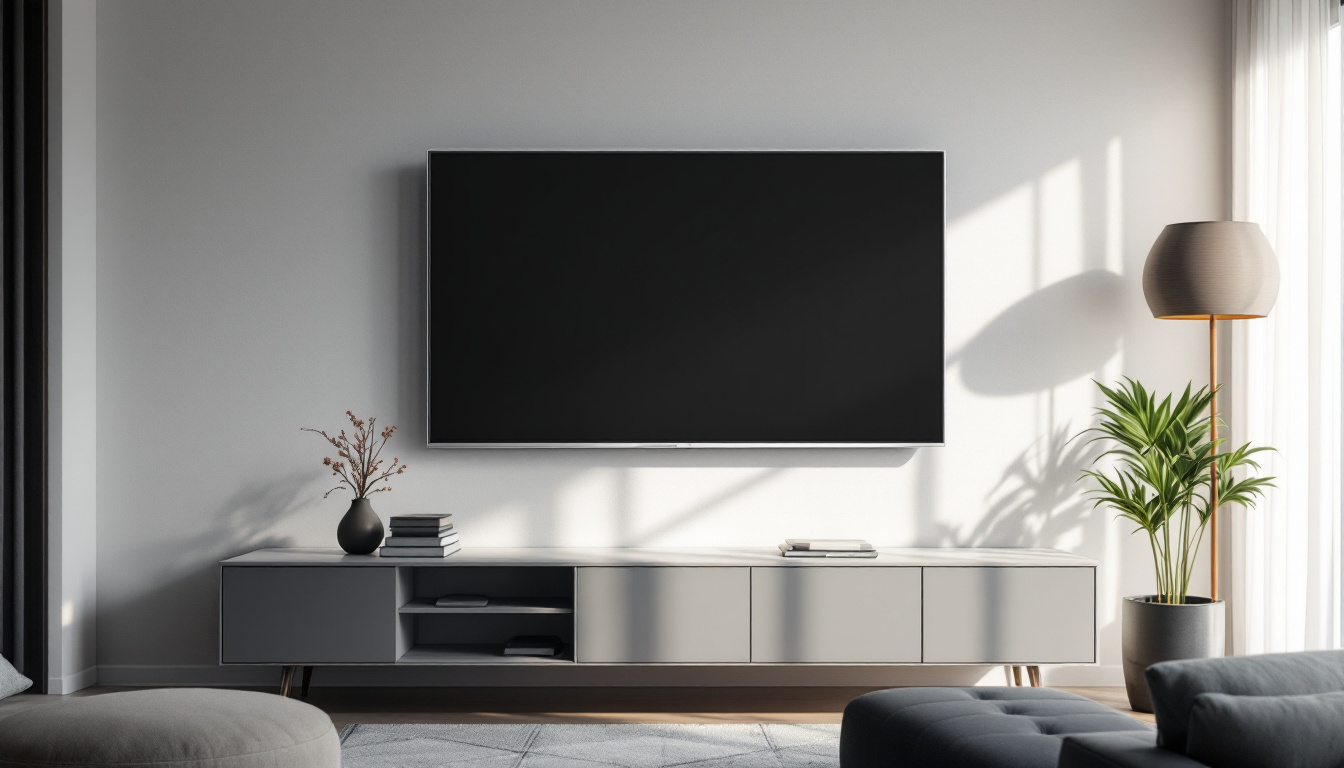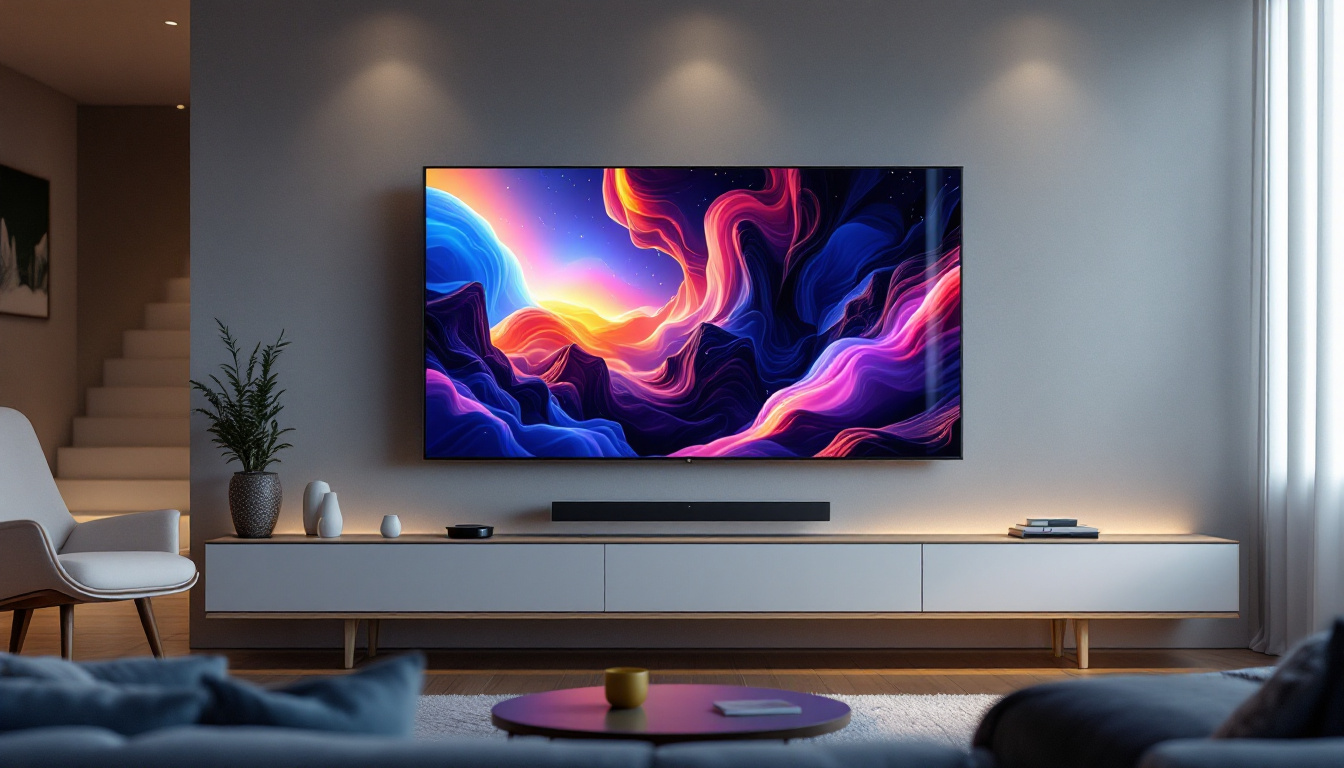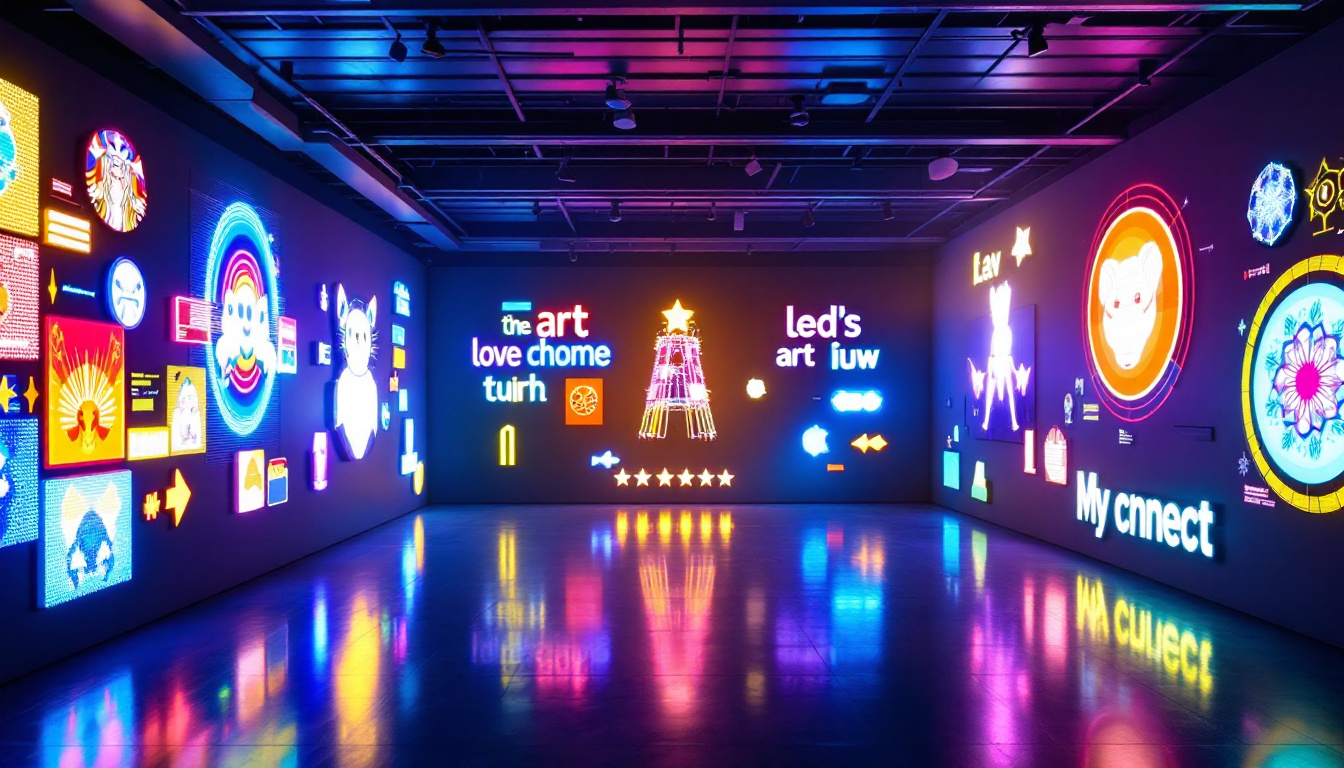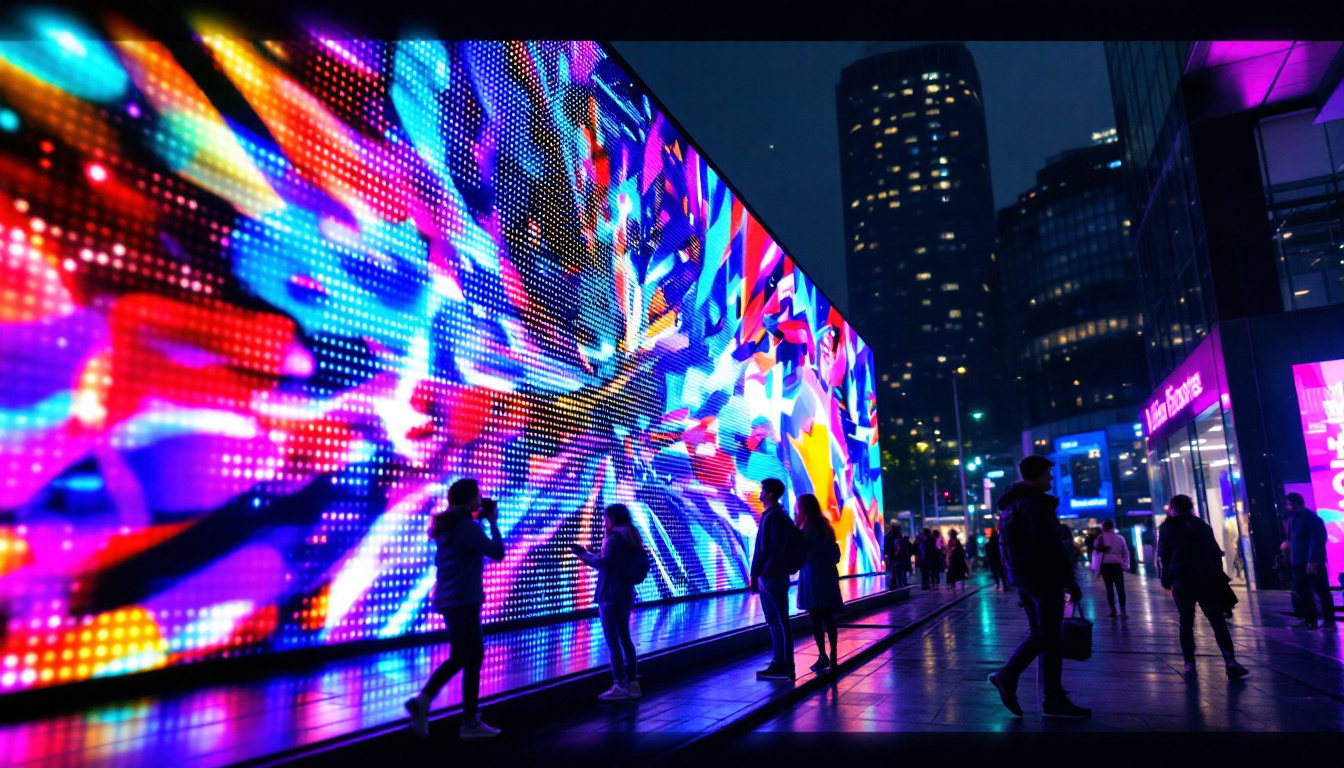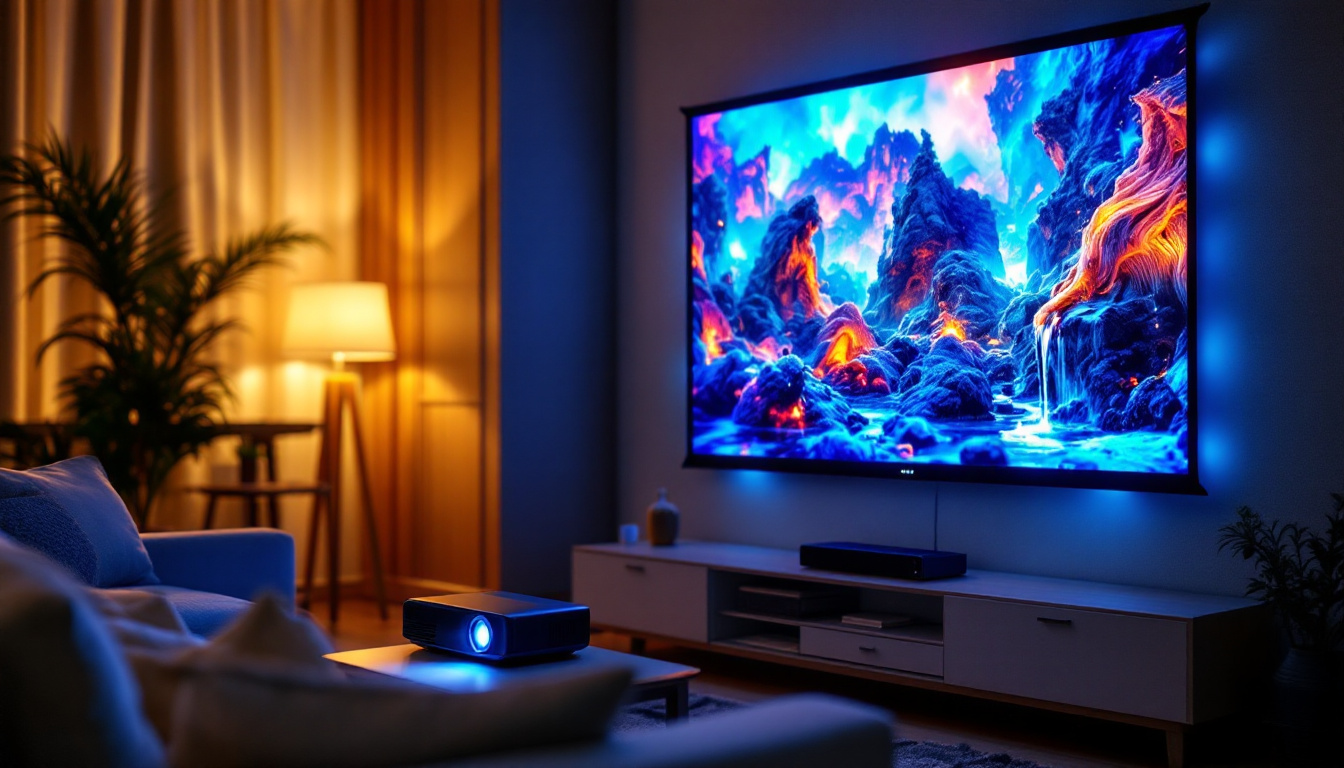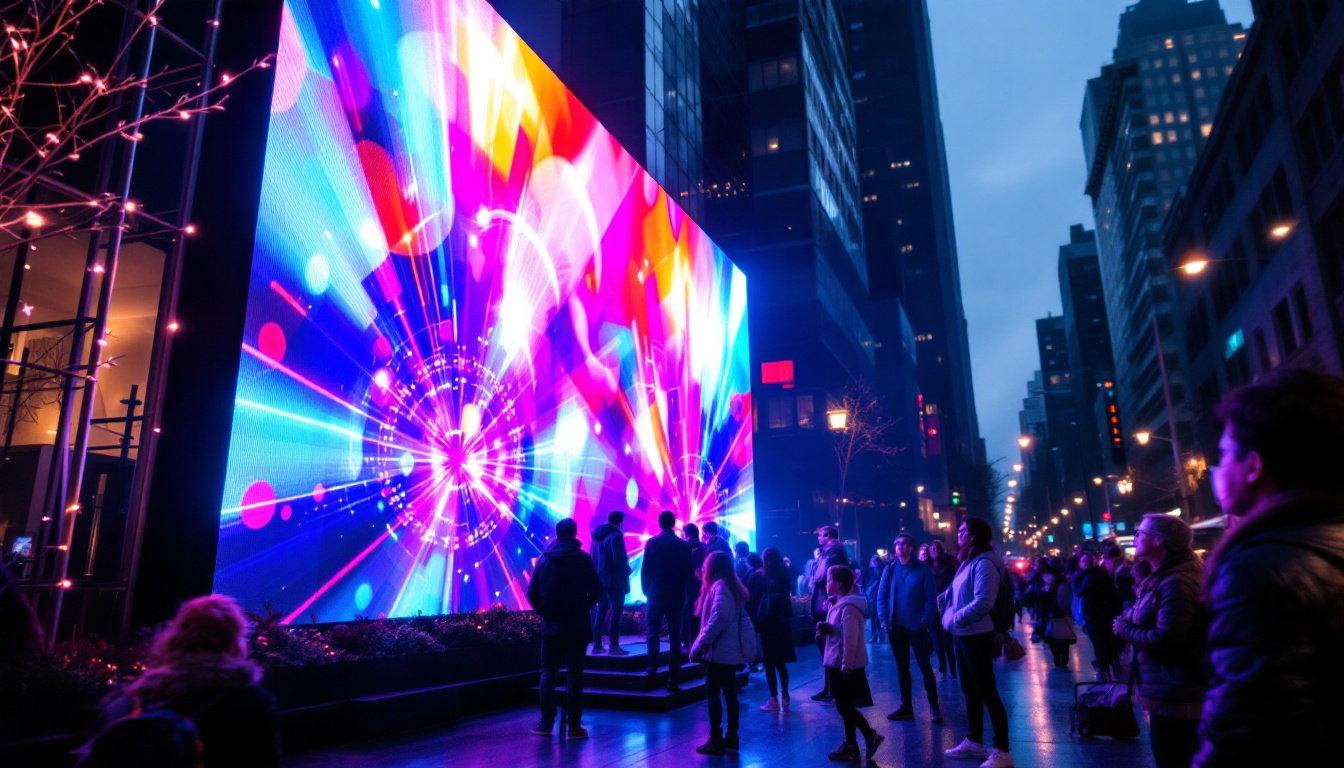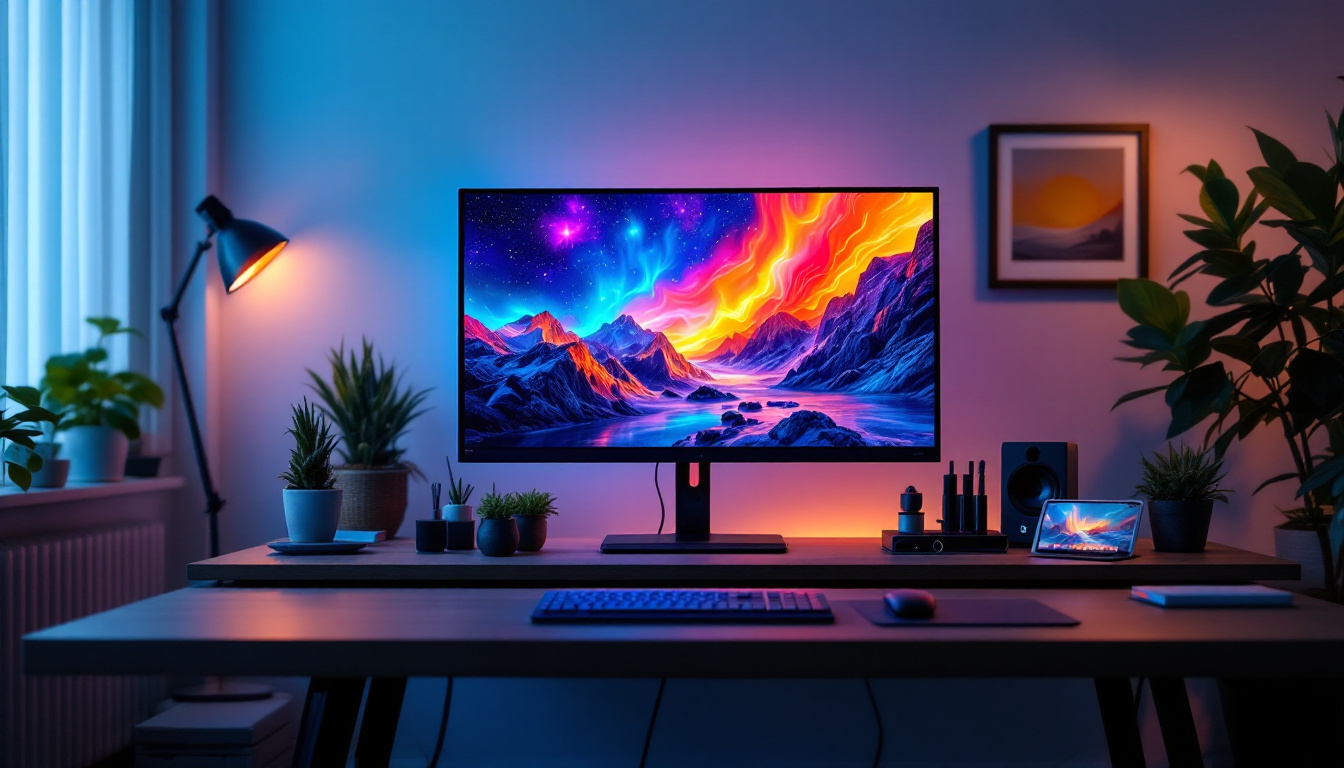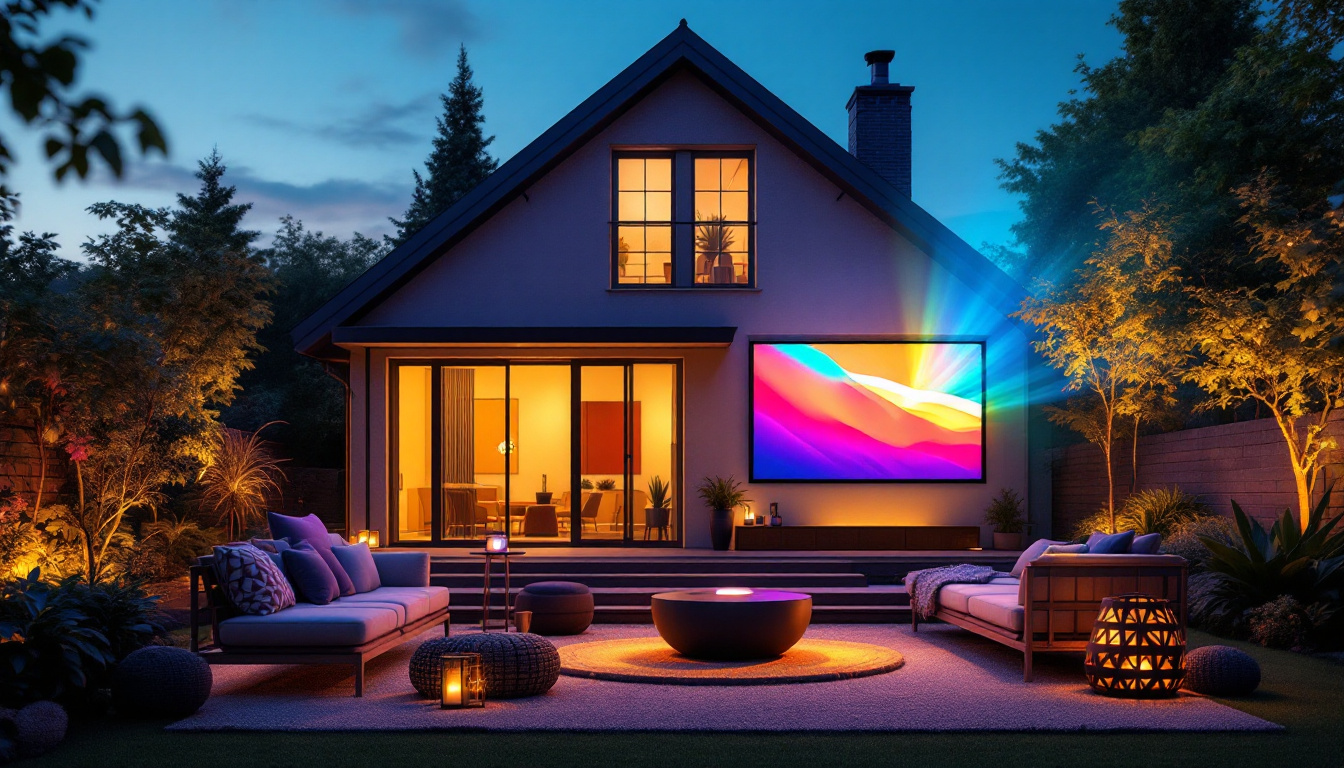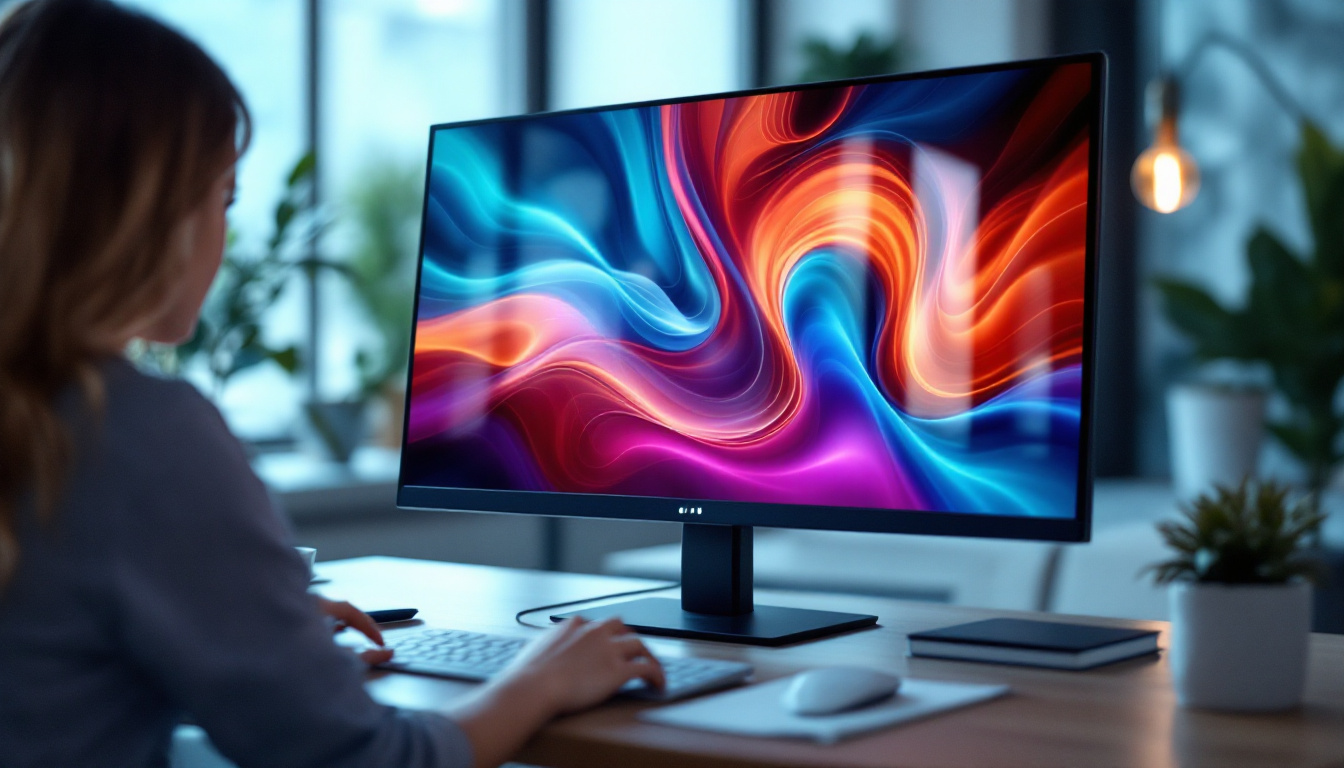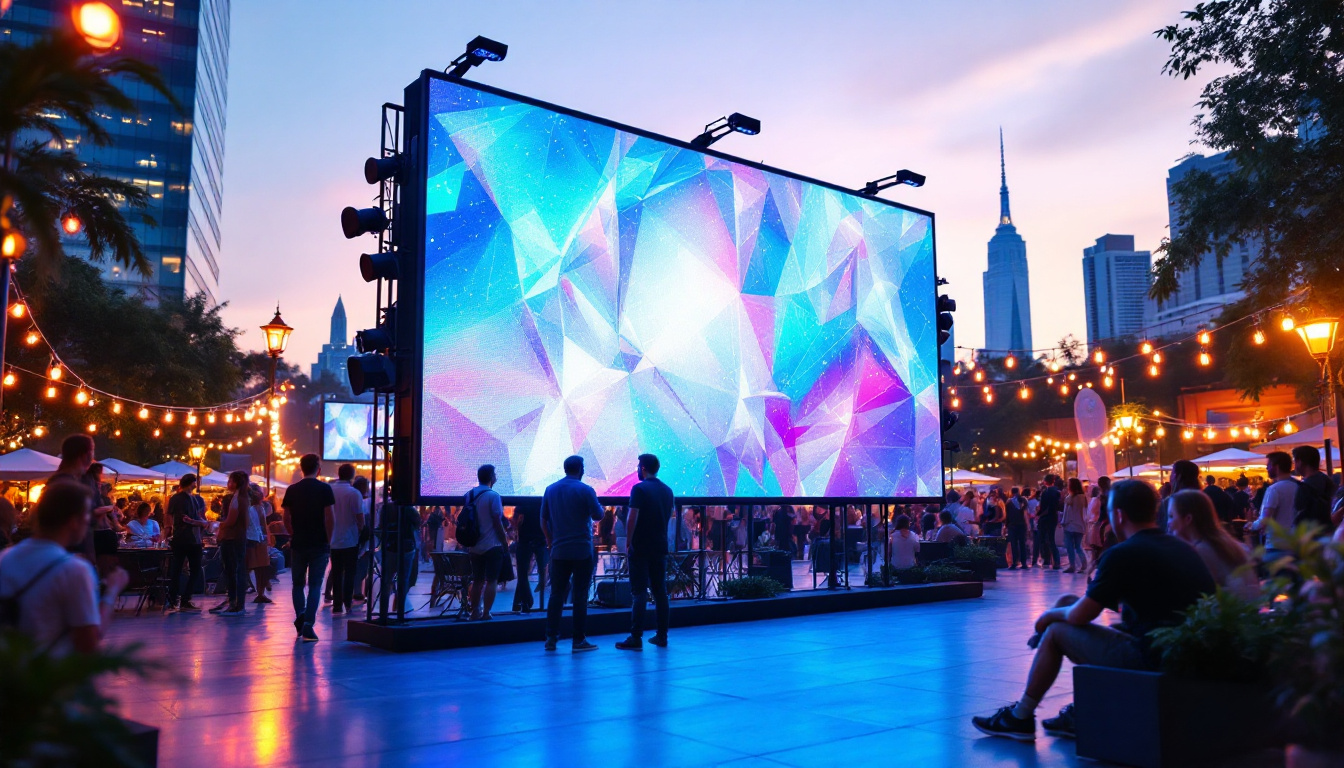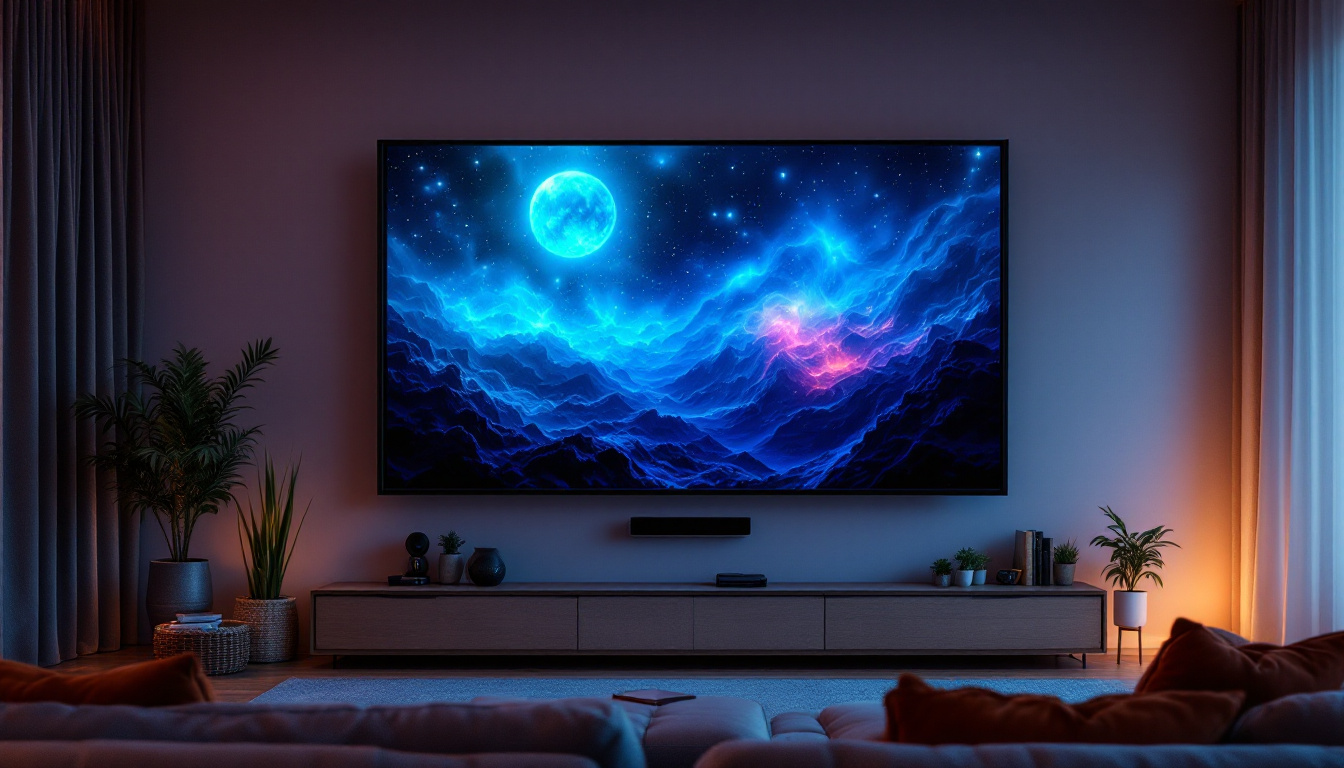In the modern corporate landscape, effective communication is paramount. Conference rooms are often the epicenter of collaboration, presentations, and decision-making. One crucial element that can significantly enhance the quality of these interactions is the ceiling-mounted projector. This article delves into the intricacies of LED displays in conference rooms, exploring their advantages, installation considerations, and best practices for usage.
Understanding LED Projectors
LED projectors have gained popularity in recent years due to their superior performance and efficiency. Unlike traditional projectors that rely on lamps, LED projectors utilize light-emitting diodes, which offer several advantages.
Advantages of LED Technology
One of the most significant benefits of LED projectors is their longevity. LED lights can last up to 20,000 hours or more, drastically reducing the need for frequent replacements. This not only saves on maintenance costs but also minimizes downtime in a busy conference room.
Additionally, LED projectors are known for their vibrant color reproduction. They can produce a wider color gamut compared to traditional projectors, ensuring that presentations are visually stunning and engaging. This is particularly important in a corporate setting where first impressions matter. Furthermore, the color accuracy of LED projectors makes them ideal for applications such as graphic design and photography, where true-to-life color representation is essential. Users can expect sharper images and a more immersive viewing experience, whether they are showcasing a product or delivering a training session.
Energy Efficiency
Energy consumption is another critical factor in today’s environmentally conscious world. LED projectors consume significantly less power than their lamp-based counterparts. This efficiency translates into lower electricity bills and a reduced carbon footprint, aligning with many organizations’ sustainability goals.
Moreover, the reduced heat output of LED projectors contributes to a more comfortable environment during extended use. Traditional projectors often require additional cooling systems due to the heat generated by their lamps, which can lead to increased energy consumption and noise. In contrast, LED projectors operate at cooler temperatures, allowing for quieter operation and less distraction during presentations. This feature is particularly beneficial in educational settings, where concentration is key to effective learning. As more institutions and businesses prioritize eco-friendly solutions, LED projectors are becoming a preferred choice for those looking to enhance their visual display technology while also being mindful of their environmental impact.
Choosing the Right Ceiling Mounted Projector
When selecting a ceiling-mounted projector for a conference room, several factors must be considered to ensure optimal performance and compatibility with the room’s design.
Brightness and Resolution
Brightness is measured in lumens, and it is crucial for ensuring that the projected image is clear and visible, even in well-lit environments. For conference rooms, a projector with a brightness rating of at least 3000 lumens is recommended, especially if natural light cannot be completely controlled.
Resolution is equally important; a higher resolution projector will provide sharper images. For most corporate presentations, a Full HD (1080p) resolution is sufficient, but for more detailed visuals, such as graphs or intricate designs, a 4K projector may be more appropriate. It’s worth noting that as technology advances, many projectors now offer enhanced features like HDR (High Dynamic Range), which can significantly improve color accuracy and contrast, making presentations more engaging and visually appealing.
Throw Distance and Lens Options
The throw distance refers to the distance between the projector and the screen. Understanding this measurement is essential for proper installation. A short-throw projector may be ideal for smaller rooms, allowing for a large image from a short distance, while standard throw projectors are better suited for larger spaces.
Additionally, lens options can affect the flexibility of installation. Some projectors come with interchangeable lenses, allowing for adjustments based on room layout and seating arrangements. This flexibility can be particularly beneficial in multi-purpose conference rooms that may host different types of presentations or events. Furthermore, consider the aspect ratio of the projector; a 16:9 aspect ratio is standard for video content, while a 4:3 ratio may be better suited for traditional slide presentations. Ensuring the correct aspect ratio will help maintain the integrity of the visuals being presented, avoiding any distortion that could detract from the message being conveyed.
Installation Considerations
Proper installation of a ceiling-mounted projector is crucial for achieving the best results. This involves not only the physical mounting of the projector but also considerations related to wiring and connectivity.
Mounting Location
The mounting location should be carefully chosen to avoid obstructions and ensure that the projected image is centered on the screen. Ideally, the projector should be mounted at a height that minimizes shadows and allows for a clear line of sight from all seating positions.
It is also essential to consider the projector’s ventilation. Overheating can lead to performance issues and reduced lifespan, so ensuring adequate airflow around the unit is vital. Additionally, the distance between the projector and the screen plays a significant role in image quality; the projector’s throw ratio should be matched with the screen size to achieve optimal clarity and focus.
Furthermore, the angle of projection should be taken into account. A projector that is not aligned correctly can result in keystone distortion, where the image appears trapezoidal rather than rectangular. Using adjustable mounts can help fine-tune the angle and ensure a perfect fit for your display area.
Wiring and Connectivity
Wiring is another critical aspect of installation. The projector should be connected to the necessary power sources and data cables, such as HDMI or VGA, to facilitate seamless presentations. Wireless options are also available, allowing for more flexibility in device connectivity.
Incorporating cable management solutions can help maintain a clean and professional appearance in the conference room. This not only enhances aesthetics but also reduces the risk of tripping hazards. Utilizing conduit or raceways can neatly hide cables along walls or ceilings, while also providing easy access for future upgrades or repairs.
Moreover, it’s advisable to consider the future-proofing of your installation. As technology evolves, the need for additional connections may arise. Installing a multi-port wall plate can provide easy access to various inputs, ensuring that your setup remains versatile and adaptable to new devices without requiring extensive rewiring or modifications.
Optimizing the Conference Room Environment
The environment in which the projector operates can significantly impact its performance. Several factors should be taken into account to optimize the conference room for presentations.
Lighting Control
Lighting plays a crucial role in the visibility of projected images. Ideally, conference rooms should have adjustable lighting options, allowing for dimming when presentations are in progress. Blackout curtains or shades can also be beneficial in controlling natural light, ensuring that the projected content remains visible.
In addition to controlling ambient light, consider the use of wall colors and materials. Darker walls can help absorb excess light, enhancing the overall viewing experience.
Acoustic Considerations
Sound quality is just as important as visual clarity in a conference room. The placement of speakers and the overall acoustics of the room should be considered to ensure that audio is clear and evenly distributed. Utilizing sound-absorbing materials can help reduce echo and improve overall sound quality.
Best Practices for Using Ceiling Mounted Projectors
To maximize the effectiveness of a ceiling-mounted projector in a conference room, adhering to best practices can enhance the overall experience for all participants.
Regular Maintenance
Regular maintenance is essential for keeping the projector in optimal working condition. This includes routine cleaning of the lens and filters, as dust accumulation can affect image quality. Additionally, checking for software updates can ensure that the projector operates smoothly and efficiently.
It is also advisable to keep an eye on the lamp life and replace it as needed, even if LED projectors have longer lifespans than traditional models. This proactive approach can prevent unexpected failures during critical presentations.
Training and Familiarization
Providing training for staff on how to operate the projector effectively can lead to smoother presentations. Familiarity with the projector’s features, such as zoom, focus, and connectivity options, can empower users to troubleshoot minor issues independently.
Encouraging practice sessions can also help build confidence, ensuring that presenters are comfortable with the technology before important meetings.
Future Trends in Projector Technology
The world of projector technology is continuously evolving, and staying informed about emerging trends can help organizations make informed decisions regarding their conference room setups.
Smart Projectors
Smart projectors are becoming increasingly popular, integrating wireless connectivity, built-in applications, and cloud services. These projectors allow for seamless sharing of content from various devices without the need for extensive wiring.
Additionally, smart projectors often come equipped with features such as screen mirroring and remote access, making it easier for teams to collaborate, regardless of their location.
Enhanced Interactivity
Another trend is the rise of interactive projectors, which allow users to engage with the projected content directly. This technology can facilitate brainstorming sessions and collaborative discussions, making meetings more dynamic and participatory.
Interactive features can include touch capabilities, annotation tools, and the ability to save notes directly onto the presentation, enhancing the overall meeting experience.
Conclusion
Investing in a ceiling-mounted projector with LED display technology can significantly enhance the functionality and effectiveness of conference rooms. By understanding the advantages of LED projectors, choosing the right model, and optimizing the installation and environment, organizations can create a space that fosters collaboration and communication.
As technology continues to advance, staying abreast of trends and best practices will ensure that conference rooms remain equipped to meet the demands of modern business interactions. With the right tools and strategies in place, meetings can become more productive, engaging, and ultimately, successful.
Discover LumenMatrix LED Display Solutions
Ready to elevate your conference room with the latest in LED display technology? LumenMatrix is at the forefront of innovation, offering a comprehensive range of LED display modules tailored to your needs. From captivating Indoor LED Wall Displays to dynamic Outdoor LED Wall Displays and beyond, our solutions are designed to enhance engagement and transform your visual communication. Experience the difference with LumenMatrix and take the first step towards a more engaging, productive meeting environment. Check out LumenMatrix LED Display Solutions today and see how we can help you share your message with impact and clarity.

